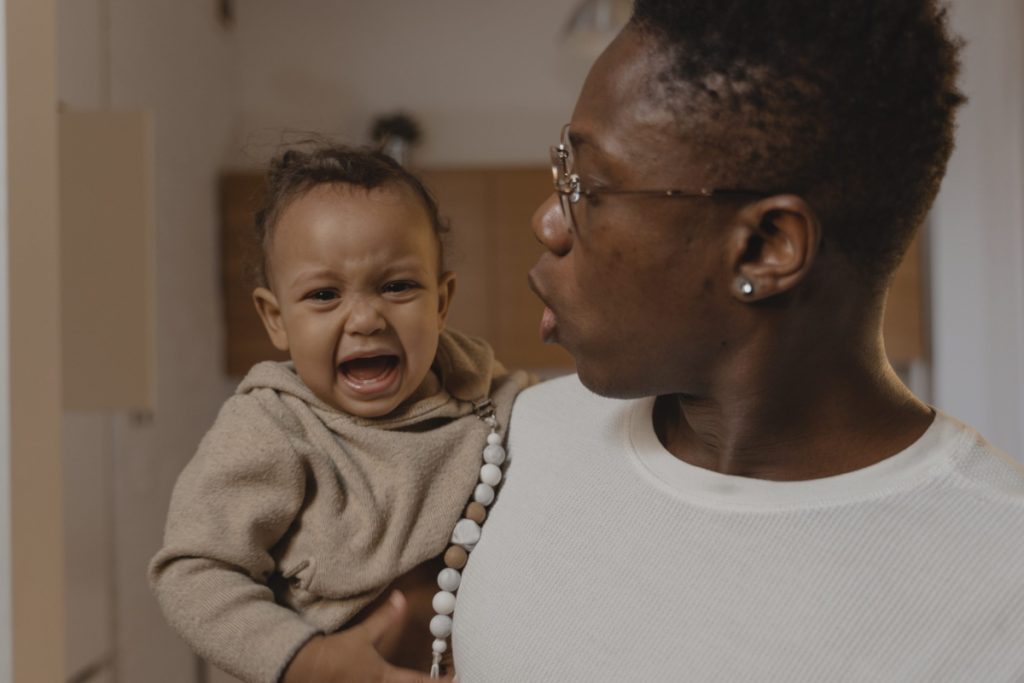Children are active by nature. They run, jump, fall, and scrape themselves on a regular basis. As parents, it’s important to know how to treat common injuries so that they heal quickly and without complication.
You must be aware of common injuries that children suffer as well as how to treat them. By the end of this post, you will have a better understanding of how to care for your child should they suffer any of these injuries.
Sprains and Strains
Sprains and strains are both types of soft tissue injuries. A sprain is a stretching or tearing of ligaments, while a strain is a stretching or tearing of muscles or tendons. Sprains and strains are typically caused by twists, falls, or blows to the body. The best way to treat a sprain or strain is RICE: rest, ice, compression, and elevation.
Fractures
A fracture is a break in the bone. Fractures can be caused by falls, car accidents, or sports-related injuries. The best way to treat a fracture is to see a doctor immediately so that they can put the bone back into place and give you instructions on how to properly take care of it as it heals. Depending on the severity of the fracture, you may need to wear a cast or brace to keep the bone in place while it heals.
Head Injuries
Head injuries range from mild concussions to more severe traumatic brain injuries (TBI). Concussions are caused by a blow to the head that results in the brain being shaken up inside the skull. This can cause headaches, dizziness, nausea, confusion, and memory loss. A TBI is much more serious and can cause long-term problems or even death. Head injuries should always be taken seriously and treated by a medical professional immediately.
Cuts and bruises
It’s inevitable — kids will get cuts and bruises. And as a parent, you want to do everything you can to ensure they heal quickly and without complications. So what’s the best way to treat cuts and bruises in children?
First of all, it’s important to clean the wound. Use gentle soap and water, and dry it with a clean cloth. If there is any dirt or debris in the wound, you may need to use tweezers to carefully remove it. Once the wound is clean, you can apply an antibiotic ointment to help prevent infection.
Next, you’ll need to cover the wound with a sterile bandage. Make sure the bandage is big enough to cover the entire wound – you don’t want it too tight, as this can cause further damage. You should also check the bandage regularly and replace it if it gets wet or dirty.
Lastly, keep an eye on the wound for any signs of infection, such as redness, swelling, or pus. If you see any of these symptoms, call your doctor right away. With proper care, most cuts and bruises will heal quickly and without problems.
Nosebleeds
Nosebleeds are very common in children since their noses are small and delicate. Nosebleeds are usually not serious and can be caused by picking at the nose or blowing it too hard.
To treat a nosebleed, have your child sit down with their head tilted slightly forward so that the blood doesn’t run down their throat (this can cause them to vomit). Next, use a tissue or cloth to apply pressure to their nostrils for 5-10 minutes until the bleeding stops completely. If the bleeding does not stop after 10 minutes or if your child appears pale or dizzy, seek medical attention immediately as this could be indicative of a more serious problem.
Mouth Burns
Mouth burns often occur when children eat something too hot such as soup or hot chocolate. To treat a mouth burn, have your child rinse their mouth with cold water for several minutes, then give them ice chips (or have them suck on an ice pop) to help soothe the pain and swelling. Avoid using topical ointments as these can make the pain worse rather than better. If the burn is severe enough that blistering occurs, seek medical attention immediately, as this could result in infection if not treated properly.
Knocked out teeth
One of the most distressing things that can happen to a parent is seeing their child lose a tooth prematurely. A missing tooth can cause a lot of anxiety, whether due to an accident or tooth decay. In addition to impacting your child’s appearance, a missing tooth can also lead to problems with chewing and speaking. Fortunately, there are options available to replace a lost tooth.

Tooth implants are one of the most effective ways to restore a child’s smile. The tooth implant is placed in the jawbone and allowed to fuse with the bone. Once the implant is in place, an artificial tooth is attached to it. This tooth will look and function just like a natural tooth. Implants are considered the best option for replacing a lost tooth. Ultimately, the best option for replacing a lost tooth will depend on your child’s individual needs. A dentist can help you choose the best option for your child.
Once again, children’s common injuries include sprains/strains, fractures, head injuries, cuts and bruises, nosebleeds, mouth burns, and knocked-out teeth. Parents need to know how to properly treat these injuries to heal quickly and without complication. Should you ever have doubts about how to properly care for an injury your child has suffered, always stick on the side of caution and seek medical attention immediately just to be safe!
